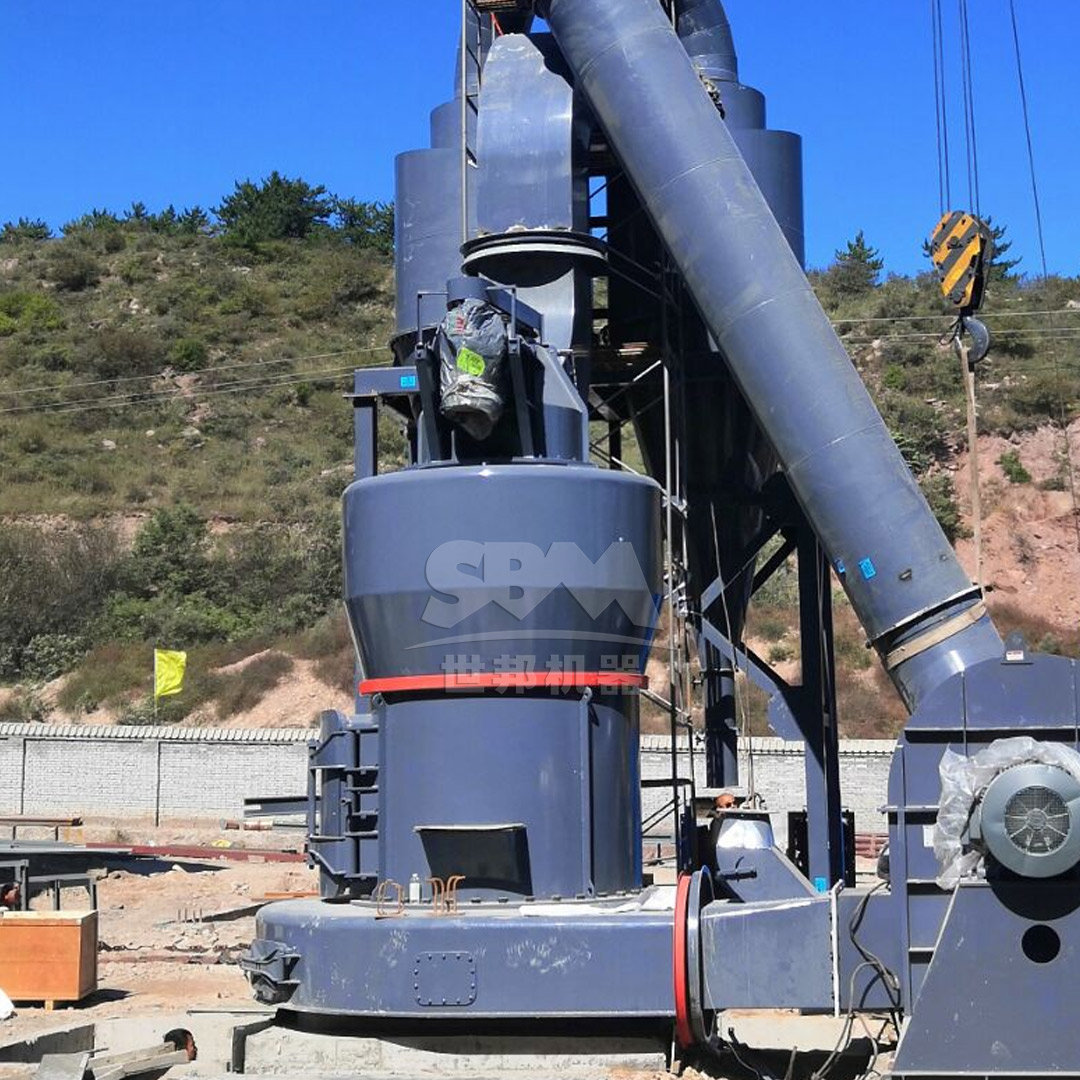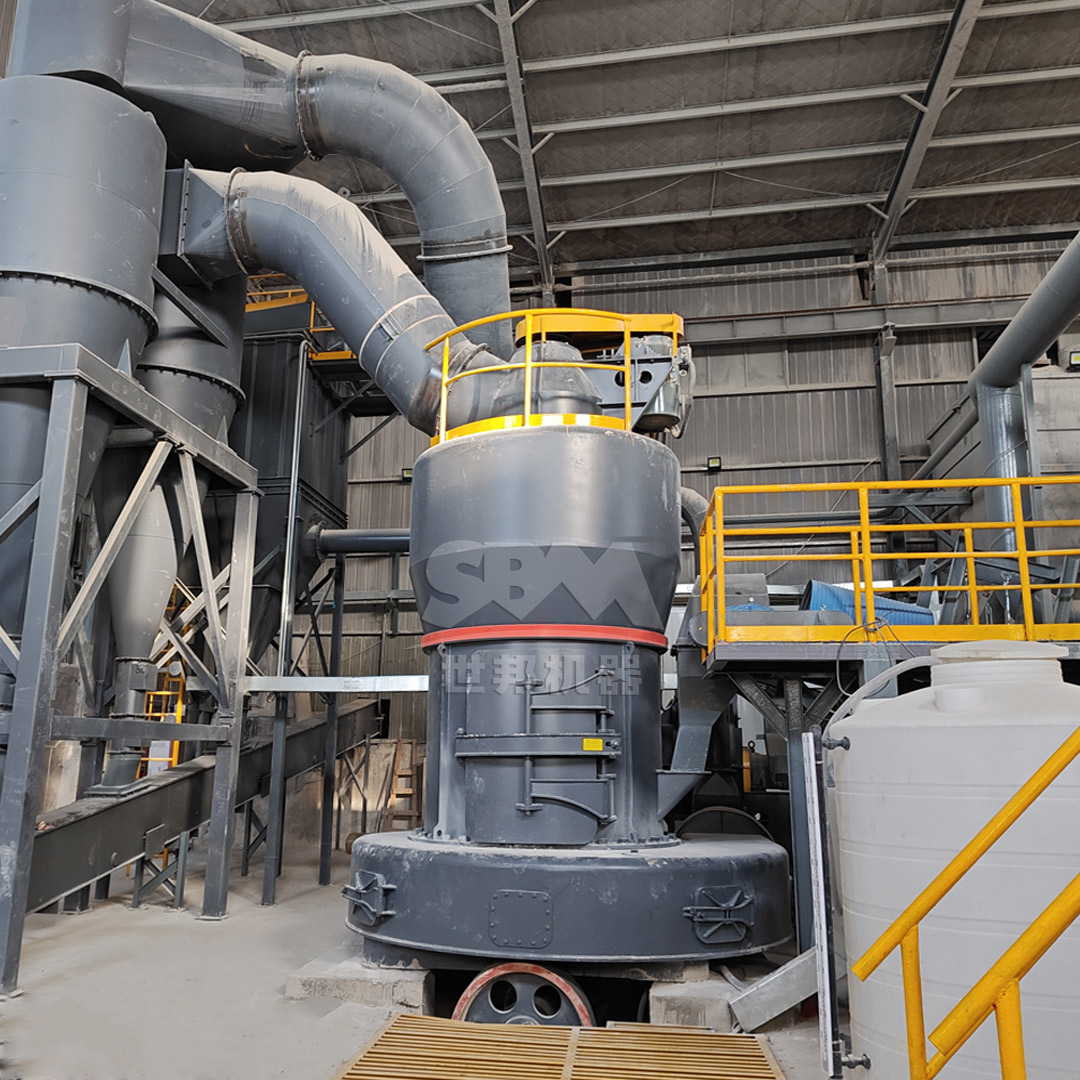The semiconductor industry relies on materials of exceptional purity and precision. At the heart of many advanced processes lies ultra-pure fused quartz, a material prized for its excellent thermal stability, high purity, and superior electrical insulation properties. The production of this essential material begins with the meticulous processing of high-purity quartz into a fine, consistent powder, which is then fused to create the pristine substrates and components used in wafer fabrication and chip manufacturing. This article explores the sophisticated processing journey from raw quartz to the ultra-pure powder required by the semiconductor industry.

The journey begins with the selection of naturally occurring quartz ore of exceptionally high purity. This raw material is first crushed using primary crushers, like Hammer Mills, to reduce large rocks into smaller, manageable gravel-sized pieces. This initial size reduction is crucial for preparing the feedstock for the subsequent fine-grinding stages, where the true challenge of achieving micron-level consistency and purity begins.
Transforming crushed quartz gravel into the uniform, ultra-fine powder required for fusion is the most critical and technologically demanding step. This process demands grinding equipment capable of delivering not only precise particle size distribution but also of maintaining the inherent high purity of the material by minimizing contamination from wear.
For initial fine grinding down to meshes around 30-325目 (600-45μm), robust and efficient mills like the MTW Series Trapezium Mill are often employed. This mill is engineered for high-capacity processing with features that protect material purity. Its curved air duct minimizes turbulence and energy loss, while its wear-resistant shovel blades and integral transmission ensure stable, efficient, and low-contamination operation. It provides an excellent balance of throughput and fineness, preparing the material for the final ultra-fine grinding stage.

The final step requires producing powder with a consistent fineness often specified at 2500目 (D97 ≤ 5μm). This is the domain of specialized ultrafine mills. For this application, we highly recommend our SCM Ultrafine Mill. This mill is specifically designed for producing micron and sub-micron powders with unparalleled efficiency and precision.
The SCM series excels through its high-efficiency classification system, featuring a vertical turbine classifier that ensures precise particle size cuts with no coarse powder contamination. Its efficient and energy-saving design offers twice the capacity of jet mills while reducing energy consumption by 30%. Furthermore, its durable construction—utilizing special materials for rollers and grinding rings—significantly extends component life and prevents metallic contamination, a paramount concern for semiconductor materials. The mill’s pulse dust collection system exceeds international standards, ensuring a clean production environment and protecting the final product’s purity.
| Model | Processing Capacity (ton/h) | Main Motor Power (kW) | Output Fineness (mesh) |
|---|---|---|---|
| SCM800 | 0.5-4.5 | 75 | 325-2500 |
| SCM1000 | 1.0-8.5 | 132 | 325-2500 |
| SCM1680 | 5.0-25.0 | 315 | 325-2500 |
Throughout the entire grinding process, maintaining the chemical purity of the quartz is non-negotiable. Any introduction of metallic ions (e.g., Fe, Na, K) or other contaminants can catastrophically compromise the electrical properties of the final semiconductor component. Therefore, the grinding equipment must be designed to minimize wear and subsequent contamination.
This is achieved through the use of advanced, wear-resistant materials for all components that contact the feedstock. Ceramic linings, high-chromium alloy rollers, and specialized hardened steel are common. Additionally, the fully sealed, negative-pressure operation of modern mills like the SCM and MTW series prevents external contaminants from entering the system and ensures that any internally generated dust is immediately captured by integrated high-efficiency pulse dust removal systems, protecting both the product and the operating environment.
Once the quartz powder has been ground to the desired ultra-fine specification and verified for purity, it is ready for the fusion process. The powder is fed into a high-temperature furnace (often an electric arc or vacuum furnace) where it is heated above its melting point (approximately 1650°C for quartz).
In this molten state, the individual particles fuse into a single, homogeneous mass of glassy, non-crystalline silica. This fused quartz block or boule is then carefully cooled and annealed to relieve internal stresses. Finally, it is precision-cut, ground, and polished using diamond tools to create the transparent, flawless wafers, crucibles, tubes, and other components essential in semiconductor fabs.

The production of ultra-pure fused quartz for the semiconductor industry is a testament to advanced materials engineering. It highlights how critical mechanical processing—specifically, high-precision grinding and milling—is to modern technology. The ability to consistently produce vast quantities of micron-scale powder without compromising its exquisite purity is a key enabling technology. Investing in the right grinding technology, such as the high-performance SCM Ultrafine Mill for final processing or the reliable MTW Trapezium Mill for intermediate stages, is not merely an operational decision but a strategic one, directly impacting the quality, yield, and performance of the final semiconductor devices that power our world.